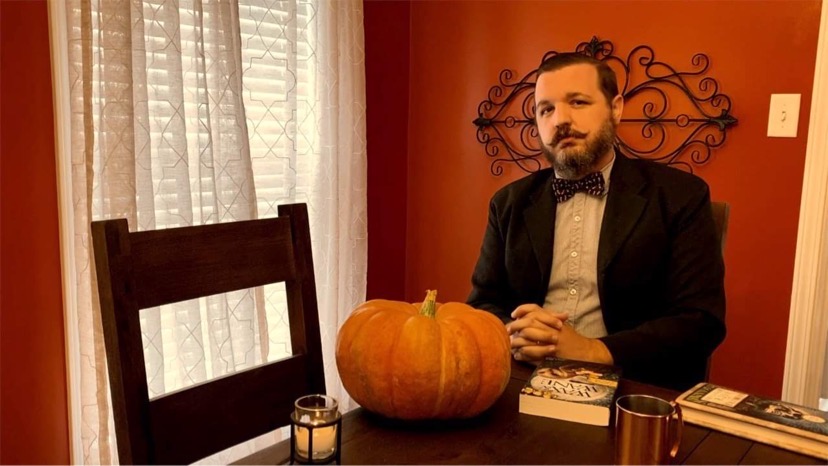The Horrors of History: Vampires
Today we begin a series on the horrors of history, in which we’ll unearth some of the more bizarre aspects of our past. My name is Coy Hall, and I’m a historian. I’m also an author of horror novels, so, with an eye to the macabre, I’ll be your guide.
Our first subject is the vampire, whose murky origins are often misunderstood. It might be surprising to learn that Medieval Europe—disparaged as the Dark Ages—did not know the concept of the blood-drinking creatures of the night. The legendary vampire emerged more recently, in fact. The vampire postdates witch-hunts, werewolf trials, and even the demon-haunted Puritans.
The concept of the vampire as an undead creature inflicting harm originated in Eastern Europe, specifically in Bulgaria, a thousand years ago. Make no mistake, this was a legend isolated among the Slavic people. It was not widespread or well-known. As a word, vampire translates roughly as “ghost monster,” and that label gives insight about these early beliefs.
Slavic vampires were non-corporeal (lacking a physical body), having more in common with a poltergeist. The vampire wrought havoc, often as a spreader of disease in a village, but the vampire did not create other vampires with its bite, and it didn’t consume blood. This early vampire was no suave creature in evening dress. It was a ghost-like being that operated in the same arenas as destructive rats.
The vampire entered western history, leaving its seclusion fairly late. War is to blame for spreading the belief. In 1686 (six years prior to the Salem Witch Trials), the German-speaking peoples of the Holy Roman Empire gained control of Hungary, and thereby took control of a Slavic population. Imperial troops learned the vampire legend from Slavic peasants during the occupation. Soldiers carried the idea to cosmopolitan centers like Vienna and Berlin. From there, the vampire moved to Paris. From Paris to London. From London to the Americas. The word vampire first appeared in English in 1732 (the same year George Washington was born).
Traveling East to West, the vampire legend took on new features. Rather than a ghost, for example, the vampire became a risen corpse, full-bodied. Most notably, the vampire assumed the need to consume blood. This addition to the legend was an 18th century Western idea. Believe it or not, blood drinking added a scientific element to the vampire belief.
To the people of the time, blood consumption made the vampire more believable, more corporeal than incorporeal, more scientific than supernatural. Westerners were moving past the age of superstition (witchcraft was decriminalized in Britain and its colonies in 1735), so intellectuals of the time, when confronted with vampiric testimonies, conceived vampirism as a disease rather than supernatural occurrence. It’s fascinating that intellectuals didn’t dismiss the legend entirely. Rather, intellectuals sought to explain the phenomenon in terms of science.
In the 1700s, human blood was believed to possess medicinal qualities, and it was widely consumed as medicine throughout Europe and the Americas by people at all levels of society. Today, historians call this medicinal cannibalism. Blood was cheap in cost due to the common use of bloodletting as a physician’s tool. Blood was believed to be the vessel of the human soul, and by imbibing blood one imbibed life. What better medicine than a liquid with the residue of the human soul inside? Human blood was prescribed for everything from epilepsy to failing eyesight in the 1700s.
The vampire of the West, therefore, was medically savvy, and the dead creature, it came to be believed, consumed blood to restore life. That detail alone moves us away from “ghost monsters” and closer to Dracula (first published in 1897).
How are vampires made? How does one terminate a vampire? We might just travel those avenues in future posts. I hope you’ll join me then.
 Coy Hall is an Associate Professor of History at ACTC, where he teaches courses on
the US and Europe. He is also a novelist and writer of short stories. His first book,
Grimoire of the Four Impostors, was published in 2021.
Coy Hall is an Associate Professor of History at ACTC, where he teaches courses on
the US and Europe. He is also a novelist and writer of short stories. His first book,
Grimoire of the Four Impostors, was published in 2021.
